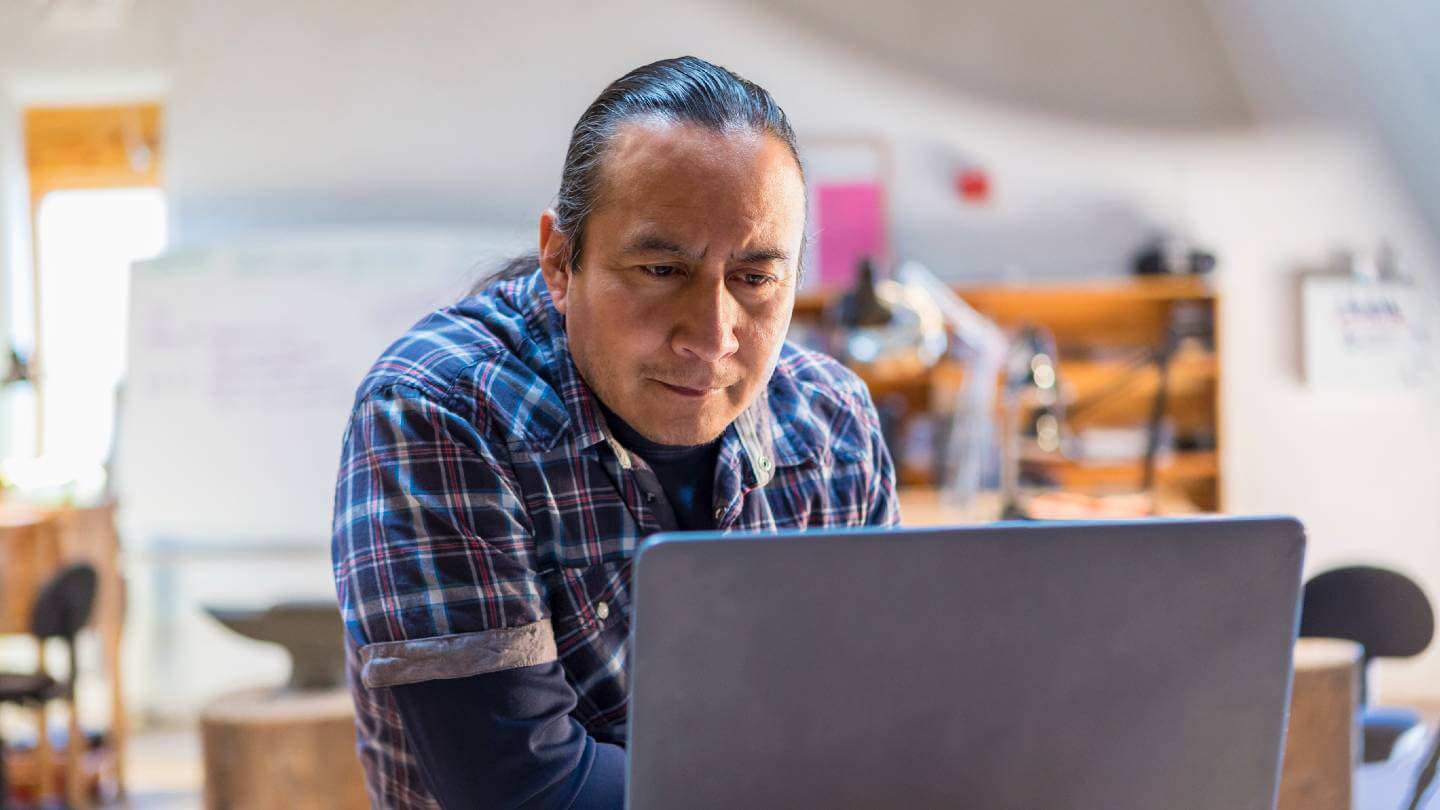The digital divide refers to the gap between those who have high-speed internet and those who don’t, and nowhere is that gap wider than on Native American land.According to the Federal Communications Commission (FCC), 23% of people living on Tribal lands lack access to high-speed internet of at least 100/20 Mbps.For comparison, the same is true for just 7% of the overall U.S.
population.Another study from the American Indian Policy Institute (AIPI) found that 18% of reservation residents don’t have home internet at all.The federal government has made significant investments to help close this gap, such as the $3 billion Tribal Broadband Connectivity Program (TBCP).
But, for most Indigenous communities, access is still the primary roadblock. Unfortunately, that disparity highlights the digital divide as it relates to Native Americans: Even when the government allocates funds to connect Native Americans, the infrastructure often isn’t there for many to take advantage of. In this guide, we’ll walk through tribal government funding programs, options currently available to Native Americans for saving on their internet bill where internet is actually available, plus some resources for improving broadband access on Tribal lands. Tribal Broadband Connectivity Program The Tribal Broadband Connectivity Program is a $3 billion program directed to tribal governments to be used for broadband deployments on tribal lands.The funding also focuses on telehealth, distance learning, broadband affordability and digital inclusion.Most of the program’s funding comes from the Infrastructure Investment and Jobs Act (IIJA), the $65 billion federal investment in broadband infrastructure deployment.
The $42.45 billion BEAD program is another major broadband deployment program created with IIJA funding.As of April 2024, more than 160 applications have been submitted for the program’s second funding round.So far, the program has provided over $1.8 billion in Tribal broadband funding.
Who qualifies for the Tribal Broadband Connectivity Program? Eligible entities for Tribal Broadband Connectivity Program funding include: A Tribal government A Tribal college or university The Department of Hawaiian Home Lands, on behalf of the Native Hawaiian Community, including Native Hawaiian Education Programs A Tribal organization An Alaska Native Corporation Source: The National Telecommunications and Information Administration (NTIA) Lifeline: Up to $34.25/mo.off phone or internet Many Indigenous people can also take advantage of Lifeline’s enhanced Tribal benefit.The federal benefit typically provides $9.25/mo.
to low-income consumers for phone or internet services, but it’s increased to $34.25/mo.for anyone living on Tribal lands.You’ll have to qualify through income guidelines (135% of federal poverty guidelines) or any of the following federal assistance programs: Supplemental Nutrition Assistance Program (SNAP), formerly known as Food Stamps Medicaid Supplemental Security Income (SSI) Federal Public Housing Assistance (FPHA) Veterans Pension and Survivors Benefit Tribal Programs (and live on federally-recognized Tribal lands) Bureau of Indian Affairs General Assistance Head Start (only households meeting the income qualifying standard) Tribal Temporary Assistance for Needy Families (Tribal TANF) Food Distribution Program on Indian Reservations Tribal Link Up In addition to the monthly Lifeline benefit, people living on Tribal lands can also get up to $100 off installation fees when setting up broadband service.
This is a one-time benefit per address, but you can use it any time you move.For installation costs up to $200, Link Up also provides a no-interest payment plan for up to a year. Learn more about Lifeline’s Tribal benefits Other resources for Native Americans In addition to these government-funded subsidies for phone and internet service, there are a number of other resources available that can help close the digital divide for Indigenous Americans.Click the links below to learn more: Database of government programs for American Indian and Alaska Natives The American Indian Policy Institute’s Tribal Broadband Resources hub, which includes information on federal grants to Tribal nations for broadband projects The National Telecommunications and Information Administration’s $3 billion Tribal Broadband Connectivity Program The Pew Charitable Trusts’ state broadband policy explorer shows you broadband funding and laws by state Digital Inclusion Resources for State and Tribal Human Service Leaders from the Administration for Children & Families Community guide to advocating for better broadband services Explore internet provider programs As of 2024, the Affordable Connectivity Program (ACP) ended, which provided free and discounted internet to millions of eligible Americans.
Many internet service providers (ISPs) paticipated in the program and offered cheap internet plans that would often result in many recieving free internet through the ACP.Although the ACP has ended, many ISPs have their own internet assistance programs that can provide affordable internet for qualifying households in need.Explore various internet assistance programs from top ISPs below: Optimum Advantage Internet – Internet speeds up to 50 Mbps for $14.99/mo.
Access from AT&T – Speeds up to 100 Mbps for $30.00/mo.Cox Connect2Compete – Up to 100 Mbps for $9.95/mo.for families with children.
Mediacom Xtream Connect – Up to 100 Mbps for $14.99/mo.Spectrum Internet Assist – 50 Mbps for $25.00/mo.Xfinity Internet Essentials – Speeds up to 75 Mbps for $14.95/mo.
Learn more about program qualifications in our low income internet guide.What to read next
Read more
Featured
A community guide to advocating for better broadband services
Ari Howard —
7 min read
Featured
Emergency Broadband Benefit: How to get $50/mo.off your internet bill
Joe Supan —
8 min read
Featured
Does this Tennessee city have the blueprint to solve the digital divide?
Ari Howard —
8 min read
Latest
Friday, September 19, 2025
A guide to internet resources for Native Americans
Camryn Smith —
4 min read
Wednesday, September 17, 2025
How much data does Zoom use?
Camryn Smith —
4 min read
Wednesday, September 17, 2025
Internet costs about $76 per month
Camryn Smith —
10 min read






